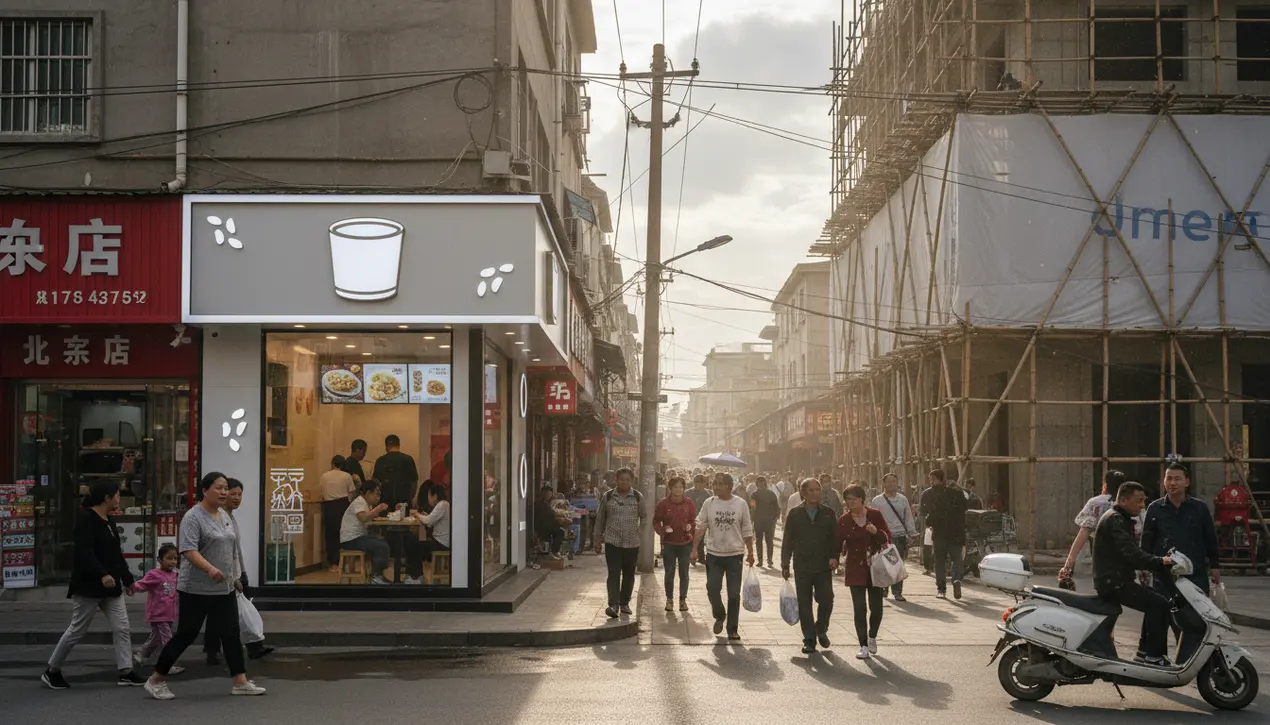
FinancestocksEarnings Reports
Yum China Plans Rapid Expansion into Lower-Tier Cities.
ET
Ethan Brown
2 hours ago7 min read2 comments
Yum China Holdings, the colossal force behind KFC and Pizza Hut across mainland China and Hong Kong, is making a power move that reads like a chapter straight out of a savvy business playbook. The company’s CEO, Joey Wat, recently stood before investors in Shenzhen and laid out a staggering vision: a leap from an estimated 17,000 outlets to a jaw-dropping 30,000 by 2030.This isn't just growth for growth's sake; it's a meticulously calculated pivot into the vast, often overlooked economic landscape of China's lower-tier cities. Think of it as the corporate equivalent of finding an untapped goldmine in your own backyard.For years, the narrative for multinational corporations in China has been a frantic race to plant flags in megacities like Beijing and Shanghai, where the competition is ferocious and the market is nearing saturation. Yum China’s strategy, however, flips this script entirely.By leveraging flexible store formats—smaller, more efficient locations tailored for smaller urban centers—the company is betting that the real, sustainable growth over the next five years will come from serving the burgeoning middle class in these regions. This is a masterclass in understanding demographic shifts.As disposable incomes rise in cities like Lu’an or Yichang, the appetite for branded, consistent, and convenient dining experiences grows with it. KFC, with its localized menu items that cleverly blend Western fast food with Chinese culinary traditions, is perfectly positioned to become not just a novelty, but a staple.The financial logic is compelling. Real estate costs are significantly lower, labor is more affordable, and the competitive pressure is less intense than in the first-tier hubs.This allows for a higher return on investment per store, effectively making each new outlet in a tier-three city a more efficient engine of profit than its counterpart in a saturated metropolitan market. It’s a strategy that Warren Buffett, a proponent of understanding a business's fundamental moat, would undoubtedly admire.Yum China isn't just selling fried chicken and pizza; it's selling a slice of modern, urban lifestyle to millions of new consumers. This expansion, however, is not without its hurdles.Logistics and supply chain complexities will multiply exponentially. Ensuring consistent quality and service across thousands of new locations in diverse regions requires a Herculean operational effort.Furthermore, the company must remain acutely sensitive to local tastes and cultural nuances; a misstep in menu localization could see a store falter where a competitor might thrive. The broader implication here is a significant one for the global retail and restaurant sector.Yum China’s aggressive push signals a profound confidence in the long-term consumer spending power of China's interior, a bet that could inspire a wave of similar moves from other giants. For individual investors and entrepreneurs, this is a potent reminder that sometimes the most lucrative opportunities aren't in the crowded, glamorous centers, but in the methodical, scalable conquest of the markets next door. It’s a lesson in building wealth not by following the herd, but by identifying the next pasture where the herd is headed.
#Yum China
#KFC
#Pizza Hut
#expansion
#lower-tier cities
#earnings
#featured
Stay Informed. Act Smarter.
Get weekly highlights, major headlines, and expert insights — then put your knowledge to work in our live prediction markets.
Related News
Comments
Loading comments...
© 2025 Outpoll Service LTD. All rights reserved.